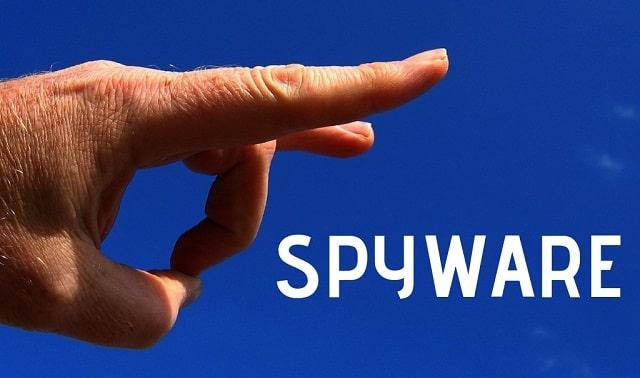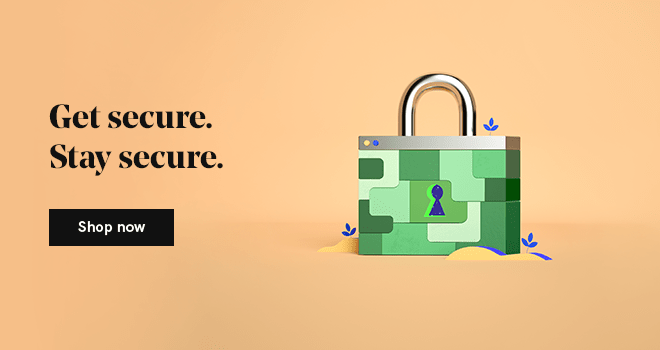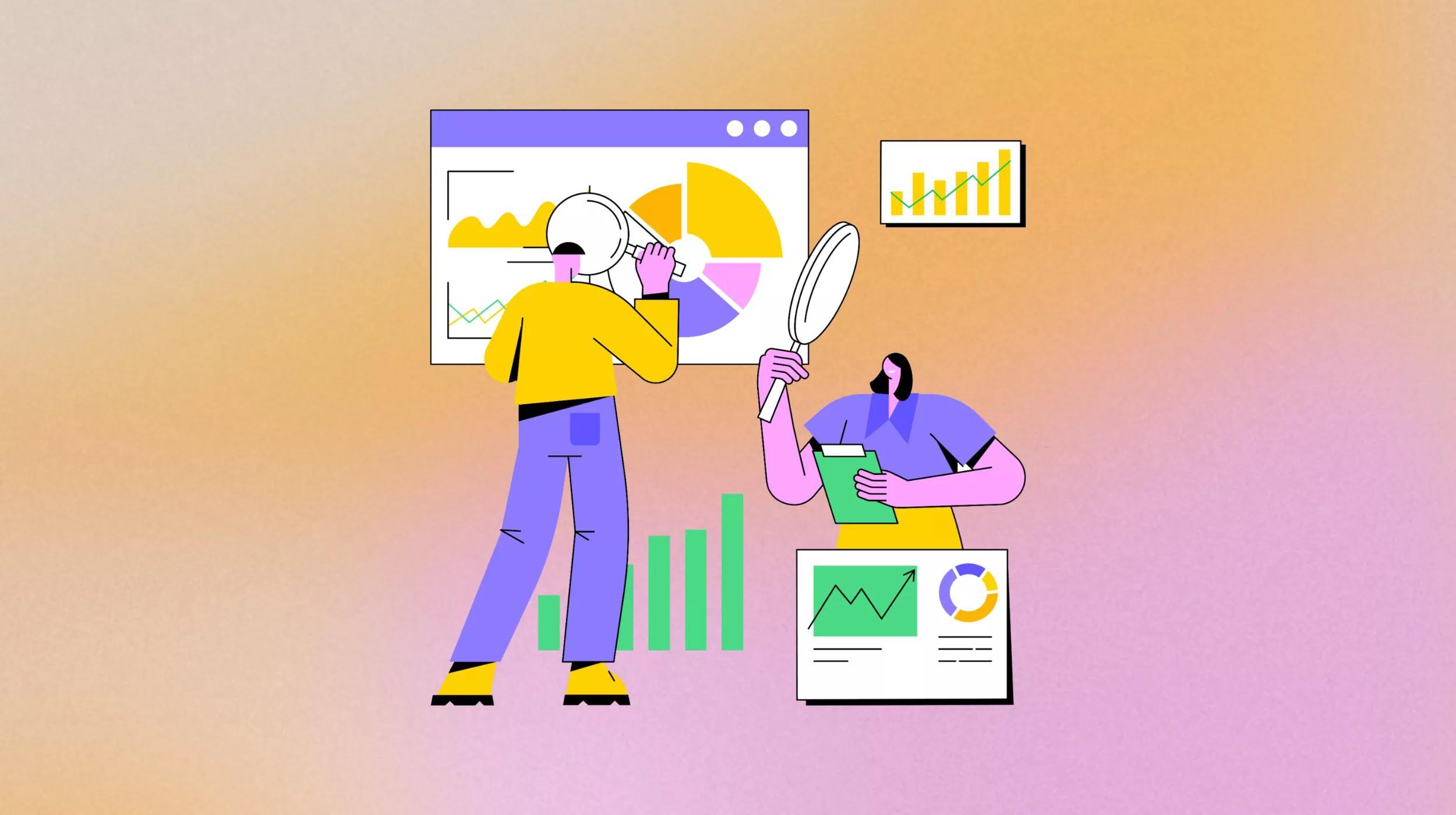Spyware is a major thorn in the side of any business, as even businesses that have never experienced this type of malware have to be constantly vigilant with the right spyware detector and spyware removal tools at their disposal. Today, we will help you answer the question “what is spyware” and better understand how to defend against it.
Follow along with this guide to spyware detection, prevention and removal for small business owners and entrepreneurs to make sure your business and customer data stay safe from hackers and other cybercriminals.
Related: Internet Security Resources
What is spyware?
Spyware is a term for a type of malware or computer virus that covertly collects data from your computer for malicious use.
Depending on the exact spyware, it can log passwords, take snapshots of your screen, and steal credit card and other payment data for financial fraud.
Spyware is not limited to desktop PCs and laptops, however. It can infect both Mac and Windows computers as well as website servers and hosting systems. Even with high-quality hosting, poorly designed website security can lead to hacking, viruses, downtime, and a poor customer experience.
In the worst case, an infected website or computer can leak user data like what happened at Target, Home Depot, Equifax and other recent security breaches. But while this is a scary and serious issue, it is one you can overcome with a little ingenuity and the right arsenal of tools to keep the cybercriminals at bay.
Spyware might come from clicking on a bad link in an email, the wrong file permissions on your website server, or an outdated app or program. Because there are so many potential sources of spyware, it is important to understand how to prevent it in addition to choosing a good spyware detector and spyware removal tool.
Related: What 2018's data breaches can teach us about internet security
The best defense is a good offense: spyware prevention

If you build a website or set up a computer and don’t take proactive steps to protect yourself, you might have wide-open and known vulnerabilities hackers can quickly exploit to gain access to your data.
Start by installing basic anti-virus and malware detection software from any major provider.
Norton, McAfee and Malwarebytes are all reputable antivirus programs for smartphones and computers. Don’t discount the free Windows Defender suite built into new Windows PCs. It is a great tool for spyware detection that can keep your computer safe.
For your website, you’ll need security software as well. A tool like GoDaddy Website Security can patch common security holes and scans for any malicious activity in real-time. If you run a WordPress website, also consider free tools like the popular WordFence, Sucuri or iThemes Security plugins to further protect your site.
One last precaution, just in case you do get hacked, is regular backups. You can use online or physical backup tools for your computers and GoDaddy Website Backup for your website to enhance your ability to get back to where you were if files are corrupted or lost for any reason.
Beware of suspicious emails
One of the most common ways for infection to occur is clicking a link in a suspicious email. Be very aware of which emails you open and click and never click on something unless you are familiar with the sender.
Keep software updated
Also, another method of spyware prevention is making sure you click on those notices to update apps and software on your web server and computers. Software developers regularly discover and fix potential exploits, and updates contain the code to keep the cybercriminals away.
Once a patch releases to the public, the old problem becomes common knowledge and a computer or website running an old version is a perfect target for a security breach.
If you use WordPress for your website, for example, run your WordPress automatic update from the dashboard for all plugins, parent themes, and the WordPress core whenever available. For your computer, run Windows and Apple updates and program and app updates. Do the same for your smartphone while you’re at it. That’s a computer, too!
Related: Install patches and updates to stay safe online
Detecting and removing spyware

If you do get hacked, you’ll want a powerful spyware detector and spyware removal tool to get you back up and running soon. Outside of restoring from a backup, the only option is to clean up an infected website after an attack.
We already mentioned the spyware detector GoDaddy Website Security above. If you do find you’ve already missed out on the “prevention” stage, GoDaddy Malware Removal can help to find and address bad scripts, files, and lines of code on your website.
The hard part of cleaning up a hacked website is knowing you got every single bad file. Just one leftover malicious file from a cleaned up hack may leave the hacker with enough tools to completely reinfect the site.
Even if you do manage to get everything removed, unless you can identify where and how the incursion happened, it is bound to repeat until you solve the root cause of your security issues.
As a busy business owner, you might not have the time or expertise to understand your web file structure, website database queries and other intricacies of websites. In many cases, the best decision is outsourcing the cleanup process to ensure it doesn’t happen again and cause you further stress and lost business.
Related: How to stay on top of WordPress security issues
Stay updated to stay ahead of digital bad guys
Keeping software up-to-date, computers and websites backed up, and employing high-quality spyware removal and spyware detector tools are all important pieces in the puzzle of digital security. Follow common sense and best practices online, and you should be able to avoid the worst of what’s lurking on the web.
While you are at it, this is a good opportunity to take an overall digital security audit.
Make sure everyone on your team uses strong, unique passwords and add two-factor authentication where available to add another layer of defense between your most important digital assets and the data thieves out to steal it.
If you follow good habits and best practices, you can avoid the worst cybersecurity threats and have the right plan in place to respond if something goes wrong. With the right preparation and toolbox, you can rest easy that your digital security needs are met and get back to work on your business.
Related: Tools to Secure a Website







